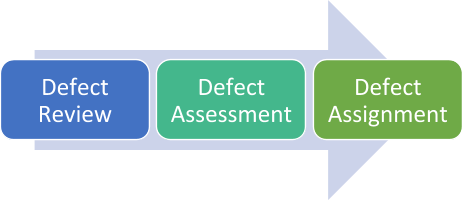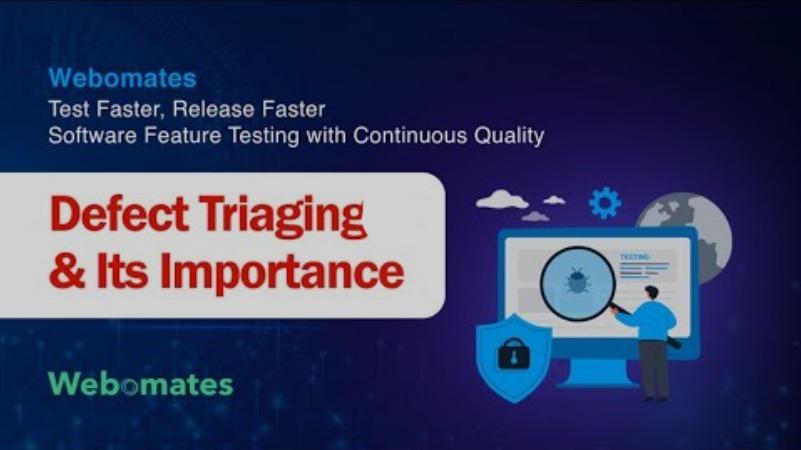What is Defect Triage?
Defect triage is a process to prioritize the defects based on severity, risk, and frequency of occurrence.
Though triaging can be implemented on any sized project, its benefits are more evident and tangible in large-sized projects. The list of defects could be proportionately big for large-sized projects. Alternatively, in a highly agile project that is spinning up, triage can help focus the team on the “right” defects. Either way, the triage process identifies defects that need immediate attention, while some may be deferred.
The triaging mechanism helps in preparing a process for testers and developers to fix as many as possible defects by prioritizing them based on parameters identified and fixed by the team.
Ideally, every test cycle should have regular triage sessions. Frequency can however depend on the number of defects identified with every test.
Why do you need Defect Triaging?
Every time the defects are reported by the testing team, there are always certain if’s and but’s involved. The developer(s) need to understand the “what” defect and “when” was that defect discovered, so they can work on the “why” part of it.
If defects are not recorded, mapped, and reported properly, then the time and efforts involved in identifying the root cause and rectifying them are much higher.
It is worthwhile to note that multiple defects are reported at a time and it is vital to identify which one to fix first based on business and functional needs.
Defect triaging helps the development team fix the bugs based on their priority and severity. Since all the relevant information about the defect is readily available to them, it makes the fixing process easier and less time-consuming. If triaging is done correctly, then it significantly reduces the time taken between reporting the defect and its resolution.
Thumb rules of Triaging

- All reported defects have been reviewed
- All accepted defects have been prioritized
- All accepted defects have severity attached
- All rejected defects should have plausible explanations for the testing team
- Every defect has been assigned to an appropriate owner, individual or team
- Root cause analysis for every accepted defect has been done
How does Defect Triaging Work?

The defect triage process involves holding a session with a triage team, which includes stakeholders like the Product Manager, Testing Manager/Lead, Development Manager/Lead, and Business Analysts. The goal of this team is to evaluate the defects, assess them, and attach priorities and severity levels.
Priorities correspond to business perspective and severity corresponds to technicalities.
Many times, few defects may be considered trivial and rejected at this stage. Accepted defects are prioritized and assigned for resolution.
Factors to be considered while evaluating and prioritizing the defects are:
- The validity of the defect
- Time sensitivity for resolution
- The complexity involved in the resolution
- Business Impact
This process is not just about attaching severity and priority to the defects. It also provides all relevant information required to track, replicate, and fix them.
The invalid defects and the basis of their rejection are also recorded for reference purposes.
Root cause analysis for every single defect is conducted. This analysis forms the basis for an improvement plan which ensures that the chances of getting a similar defect are significantly reduced. Click to know more about this article: Bug in software testing
Read For More
